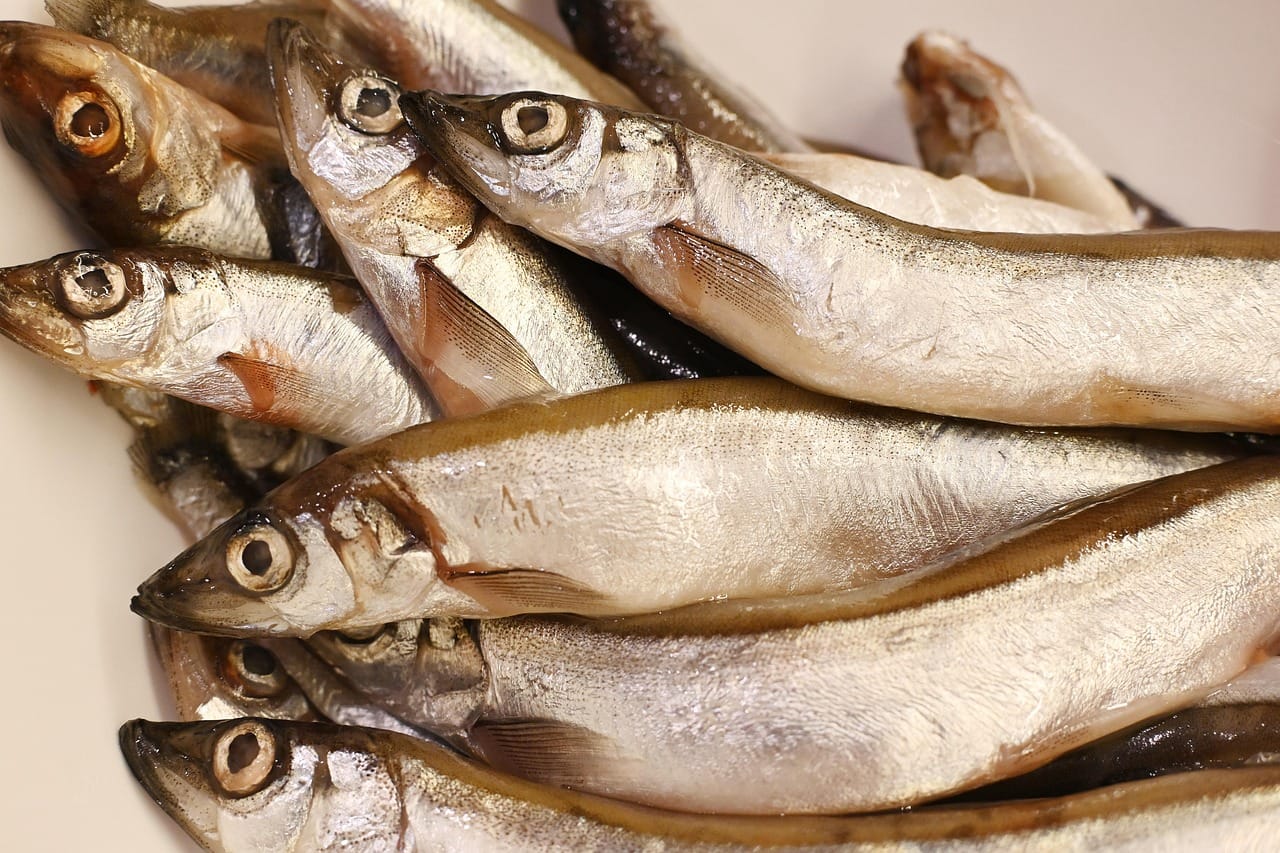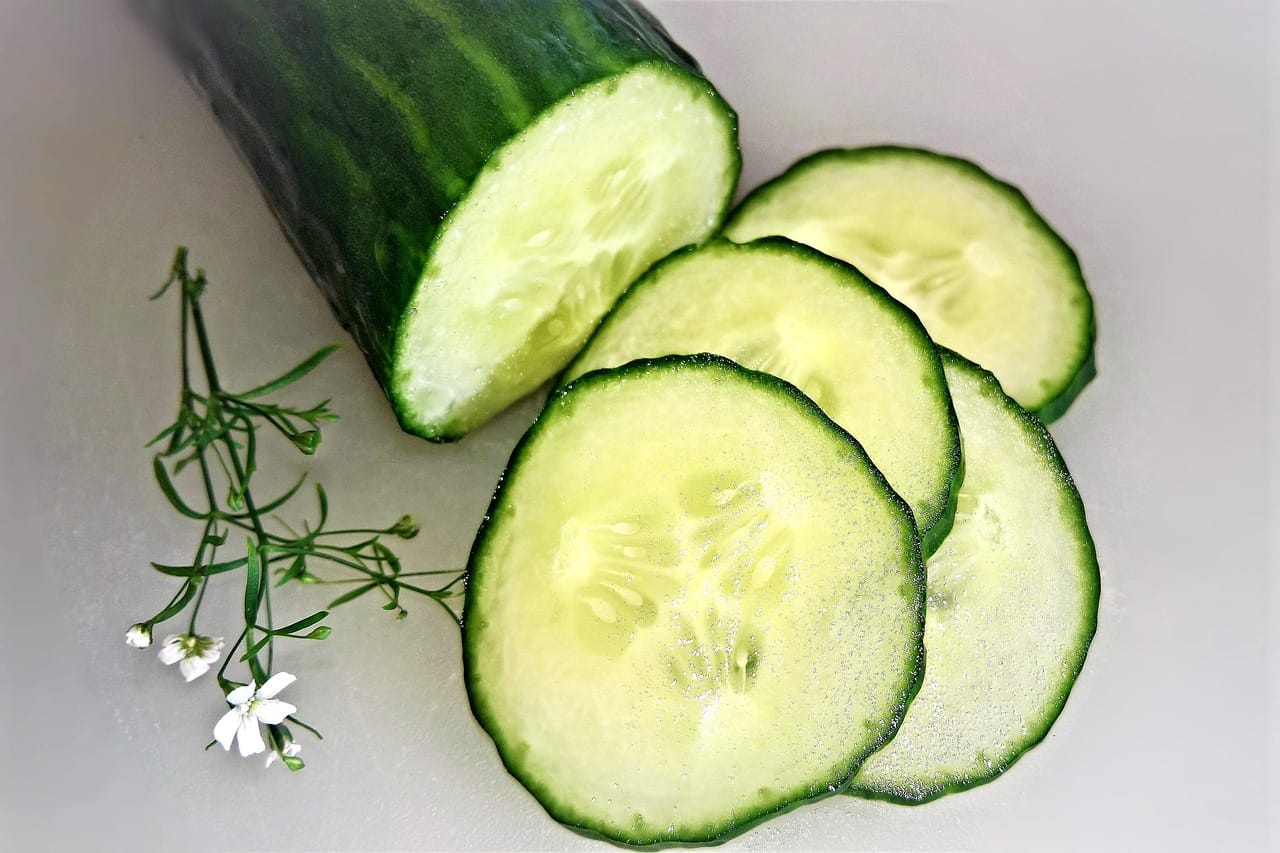Mac and cheese. Just the name evokes feelings of comfort, nostalgia, and pure cheesy bliss. This classic dish, beloved by kids and adults alike, is far more than just a simple meal. From its humble beginnings to its current status as a culinary chameleon, mac and cheese offers a world of possibilities. This guide dives deep into the world of mac and cheese, exploring its history, variations, and the secrets to making the perfect batch every time.
A Brief History of Mac and Cheese
Macaroni and cheese has a rich history, with roots stretching back centuries. Understanding its evolution can add a deeper appreciation to this beloved comfort food.
Early Origins
- While its exact origins are debated, many believe a version of mac and cheese existed as early as the 14th century. A recipe for “macrows” featuring pasta and cheese sauce appears in the medieval cookbook, Liber de Coquina.
- The dish gained popularity in America thanks to Thomas Jefferson, who brought a pasta machine back from Europe and served macaroni pie at a state dinner in 1802.
Kraft Macaroni & Cheese: A Game Changer
- The invention of processed cheese in the early 20th century significantly impacted mac and cheese’s accessibility.
- Kraft introduced its boxed macaroni and cheese in 1937 during the Great Depression, providing an affordable and convenient meal option for families. It quickly became a staple in American households.
- Interesting Fact: During WWII, rationing of milk and cheese made Kraft’s powdered cheese mix even more popular as a readily available alternative.
Choosing Your Cheese: The Key to Success
The cheese you select is arguably the most critical factor in determining the flavor and texture of your mac and cheese. Experimentation is encouraged!
Classic Choices
- Cheddar: A classic and versatile choice, cheddar offers a sharp and familiar flavor. Use a blend of sharp and mild cheddar for complexity.
Example: A 50/50 mix of sharp and mild cheddar creates a well-rounded flavor profile.
- Monterey Jack: Melts beautifully and adds a creamy texture. Its mild flavor pairs well with sharper cheeses.
- Gruyere: Offers a nutty and slightly sweet flavor that elevates mac and cheese.
- Provolone: Another excellent melting cheese, provolone provides a smooth and slightly tangy flavor.
Exploring Beyond the Basics
- Gouda: Adds a rich, smoky flavor to mac and cheese.
- Fontina: A creamy, mild cheese that melts beautifully and adds a luxurious texture.
- Parmesan: While not a primary cheese, a sprinkle of grated parmesan adds a salty, umami boost.
- Blue Cheese: For the adventurous, a small amount of crumbled blue cheese adds a pungent and complex flavor.
Tips for Choosing and Using Cheese
- Shred your own cheese: Pre-shredded cheese often contains cellulose, which can prevent it from melting smoothly.
- Use a blend of cheeses: Combining different cheeses adds depth and complexity to the flavor.
- Temper your cheese: Let the shredded cheese sit at room temperature for about 30 minutes before adding it to the sauce. This helps it melt more evenly.
- Cheese Quantity: For a creamy sauce, aim for approximately 1 pound of cheese per pound of pasta.
Perfecting Your Sauce: Creamy, Not Grainy
The cheese sauce is where many mac and cheese recipes succeed or fail. Achieving a smooth, creamy sauce requires attention to detail.
Roux-Based Sauce (Classic Method)
Tip: For a richer flavor, use brown butter for your roux.
Roux-Less Sauce (Simplified Method)
- This method uses a combination of evaporated milk and cornstarch as a thickener.
- Whisk cornstarch into cold evaporated milk. Heat over medium, stirring constantly until thickened.
- Reduce heat and stir in cheese until melted and smooth. This method is quicker and easier, but may not have the same depth of flavor as a roux-based sauce.
Avoiding a Grainy Sauce
- Don’t overheat the cheese: Overheating causes the proteins in the cheese to seize, resulting in a grainy texture.
- Use a low heat: Cook the cheese sauce over low heat to prevent curdling.
- Add a touch of acidity: A squeeze of lemon juice or a dash of mustard can help stabilize the sauce and prevent it from becoming grainy.
- Use pre-shredded cheese sparingly (or not at all): As mentioned earlier, the cellulose in pre-shredded cheese can hinder smooth melting.
Pasta Perfection: Choosing the Right Shape and Cooking It Just Right
The type of pasta you use can influence the overall experience of your mac and cheese.
Popular Pasta Shapes
- Elbow Macaroni: The classic choice, known for its ridges that hold onto the cheese sauce.
- Shells: Available in various sizes, shells provide pockets for the cheese sauce to pool.
- Cavatappi: A corkscrew-shaped pasta that’s excellent at grabbing cheese sauce.
- Penne: Ridged tubes that hold the sauce well.
- Rotini: Another spiral-shaped pasta that’s perfect for capturing cheese.
Cooking Pasta Al Dente
- Cook the pasta al dente, meaning “to the tooth.” It should be slightly firm.
- Undercook the pasta by a minute or two, as it will continue to cook in the cheese sauce.
- Reserve some of the pasta water: The starchy water can be added to the cheese sauce to adjust the consistency and help it cling to the pasta.
Gluten-Free Options
- Many gluten-free pasta options are available, including rice pasta, corn pasta, and quinoa pasta.
- Be mindful that gluten-free pasta can sometimes be more delicate, so avoid overcooking it.
Adding Flair: Customizing Your Mac and Cheese
Mac and cheese is a versatile canvas for culinary creativity. Don’t be afraid to experiment with different flavors and textures.
Protein Power
- Bacon: Crispy bacon adds a smoky and salty crunch.
- Pulled Pork: Tender pulled pork elevates mac and cheese to a hearty meal.
- Lobster: A luxurious addition for a special occasion.
- Chicken: Shredded rotisserie chicken is a quick and easy protein boost.
- Sausage: Italian sausage, chorizo, or andouille sausage add a spicy kick.
Vegetable Variety
- Broccoli: Roasted broccoli florets add a healthy and vibrant element.
- Spinach: Wilted spinach provides nutrients and a subtle earthy flavor.
- Roasted Vegetables: Roasted red peppers, onions, and zucchini add sweetness and depth.
- Peas: Frozen peas add a pop of freshness and color.
Flavor Enhancers
- Spices: Nutmeg, smoked paprika, garlic powder, and onion powder add warmth and complexity.
- Hot Sauce: A dash of your favorite hot sauce adds a spicy kick.
- Herbs: Fresh thyme, rosemary, or chives add a fresh and aromatic touch.
- Breadcrumbs: Toasted breadcrumbs add a crunchy topping. Toss them with melted butter and parmesan cheese for extra flavor.
Baking for Extra Indulgence
- Transfer the mac and cheese to a baking dish.
- Top with breadcrumbs, shredded cheese, or a combination of both.
- Bake at 375°F (190°C) for 20-25 minutes, or until golden brown and bubbly.
- Example: A panko breadcrumb topping provides a satisfying crunch.
Conclusion
Mac and cheese is a timeless classic that offers endless possibilities. Whether you prefer a simple and comforting version or a gourmet creation with added flair, the key to success lies in understanding the fundamentals: choosing quality cheese, perfecting the sauce, and cooking the pasta just right. So, get creative in the kitchen and discover your perfect mac and cheese masterpiece! Embrace the versatility of this iconic dish and enjoy the comfort and satisfaction it brings.




